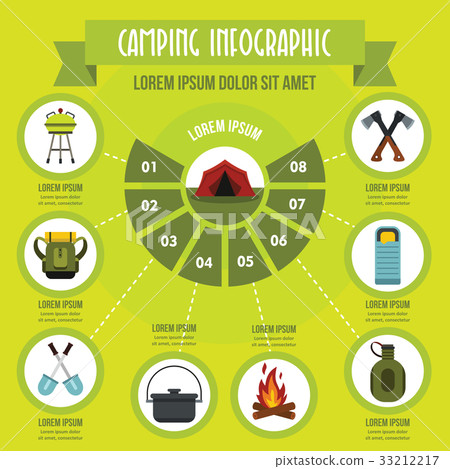Winter camping is a fun and adventurous experience, however it needs appropriate equipment to guarantee you remain cozy. You'll require a close-fitting base layer to catch your body heat, along with a shielding jacket and a waterproof shell.
You'll additionally require snow risks (or deadman supports) hidden in the snow. These can be connected utilizing Bob's smart knot or a routine taut-line hitch.
Pitch Your Camping tent
Winter season camping can be a fun and daring experience. Nonetheless, it is necessary to have the correct equipment and understand just how to pitch your outdoor tents in snow. This will certainly avoid cold injuries like frostbite and hypothermia. It is also important to consume well and remain hydrated.
When setting up camp, ensure to pick a website that is protected from the wind and free of avalanche danger. It is also an excellent idea to pack down the location around your outdoor tents, as this will help reduce sinking from temperature.
Prior to you set up your outdoor tents, dig pits with the very same size as each of the anchor points (groundsheet rings and guy lines) in the facility of the camping tent. Fill these pits with sand, stones or perhaps stuff sacks filled with snow to compact and secure the ground. You might likewise intend to consider a dead-man anchor, which involves tying tent lines to sticks of wood that are buried in the snow.
Pack Down the Area Around Your Outdoor tents
Although not a need in most locations, snow risks (also called deadman anchors) are an outstanding addition to your tent pitching set when camping in deep or compressed snow. They are essentially sticks that are developed to be buried in the snow, where they will freeze and create a solid anchor point. For finest results, make use of a clover drawback knot on the top of the stick and bury it in a couple of inches of snow or sand.
Set Up Your Outdoor tents
If you're camping in snow, it is an excellent idea to make use of a camping tent designed for winter months backpacking. 3-season camping tents work great if you are making camp listed below tree zone and not anticipating specifically extreme weather, yet 4-season camping tents have sturdier posts and materials and offer even more defense from wind and heavy snowfall.
Make certain to bring sufficient insulation for your sleeping bag and a cozy, dry inflatable mat to sleep on. Inflatable floor coverings are much warmer than foam and help protect against cold places in your camping tent. You can also include an additional mat for sitting or cooking.
It's also a great idea to set up your tent close to a natural wind block, such as a team of trees. This will certainly make your camp much more comfy. If you can not locate a windbreak, you can develop your own by digging openings and hiding items, such as rocks, camping tent stakes, or "dead man" supports (old tent person lines) with a shovel.
Restrain Your Tent
Snow risks aren't necessary if you make use of the appropriate strategies to secure your outdoor tents. Buried sticks (perhaps accumulated on your approach walk) and ski poles work well, as does some variation of a "deadman" buried in the snow. (The idea is to produce a support that is so strong you won't have the ability to draw it up, even with a great deal of effort.) Some producers make specialized dead-man anchors, however I prefer the simplicity shopping bag of a taut-line drawback tied to a stick and then hidden in the snow.
Be aware of the terrain around your camp, particularly if there is avalanche threat. A branch that falls on your outdoor tents could damage it or, at worst, wound you. Also be wary of pitching your camping tent on an incline, which can catch wind and lead to collapse. A sheltered area with a low ridge or hill is much better than a high gully.
